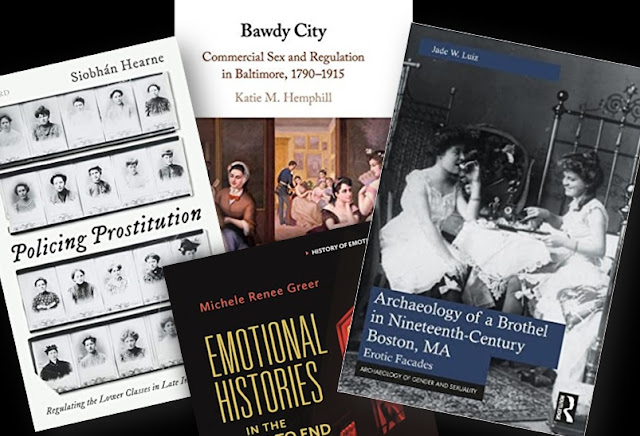40 Dutch regulations on prostitution online

Prostitution was legal in the nineteenth century. As part of the General Local Regulations (AVP), municipalities could determine the regulations on this topic themselves. It is quite a search in a municipal archive to find such an ordinance. So when I came across a bounded collection with no less than forty nineteenth-century prostitution regulations from various municipalities at an online antiquarian bookshop a year ago, I was overjoyed . My delight disappeared, however, quickly when I noticed the price tag. Shortly afterwards I discussed my beautiful findings with colleague Frank de Jong of the International Institute of Social History (IISH). He immediately had an interest in purchasing the collection and also wanted to scan it and make the data online available. The findings turned out to fit perfectly with the local regulations of various municipalities from the same period that the IISH already owned. The idea of adding and digitising the regulations has recently been real





